Suzuki Piano School, Revised Edition | Volume 1
€21.70
The Suzuki Method was conceived in the mid-20th century by Shinichi Suzuki, a Japanese violinist who desired to bring beauty to the lives of children
2 in stock
Suzuki Piano School, Revised Edition | Volume 1
The Suzuki Method of instrumental teaching was conceived in the mid-20th century by Shinichi Suzuki, a Japanese violinist who desired to bring beauty to the lives of children in his country after the devastation of World War II. As a skilled violinist but a beginner at the German language who struggled to learn it, Suzuki noticed that children pick up their native language quickly, and even dialects adults consider ‘difficult’ to learn are spoken with ease by young children. He reasoned that if children have the skill to acquire their native language, then they have the necessary ability to become proficient on a musical instrument. He pioneered the idea that pre-school age children could learn to play an instrument if learning steps were small enough and the right approach was taken. He modelled his method, which he called ‘Talent Education’, after his theories of natural language acquisition. Suzuki believed that every child, if properly taught, was capable of a high level of musical achievement.
The main elements of the Suzuki Method include:
- An early start (ages 3-4 is common)
- The importance of listening to music
- Learning to play before learning to read
- Parental involvement
- A nurturing and positive learning environment
- The importance of producing a good sound in a balanced and natural way
- Core repertoire, used by Suzuki students around the world
| Arrangement | Piano |
| Genres | Tuition |
| Year of publishing | 2008-09-30 11:48:00 |
| Format | Instrumental Album |
| Level | 1 |
| Media | Sheet Music |
| Series | Suzuki Method International |
| Publisher | Alfred Publishing |
| Language | English, French, German, Spanish |
| ISBN | 9780739054475 |
| UPC | 038081333700 |
You may also like…

Need Help Choosing?
Get in touch with a member of our team
Contact a member of our dedicated customer service team, and we will be happy to help you choose the right instrument for your needs.
Or text “Waltons Callback” with a short description of your query and a member of staff will call you as soon as possible to assist.
Can’t Get Through? Please see our list of contact numbers below
Head Office: 01 8207425
Blanchardstown Store: 01 9603232
Online Sales, Customer Service & Product Queries:
Niall: 087 2267740
Fiona: 086 0284929


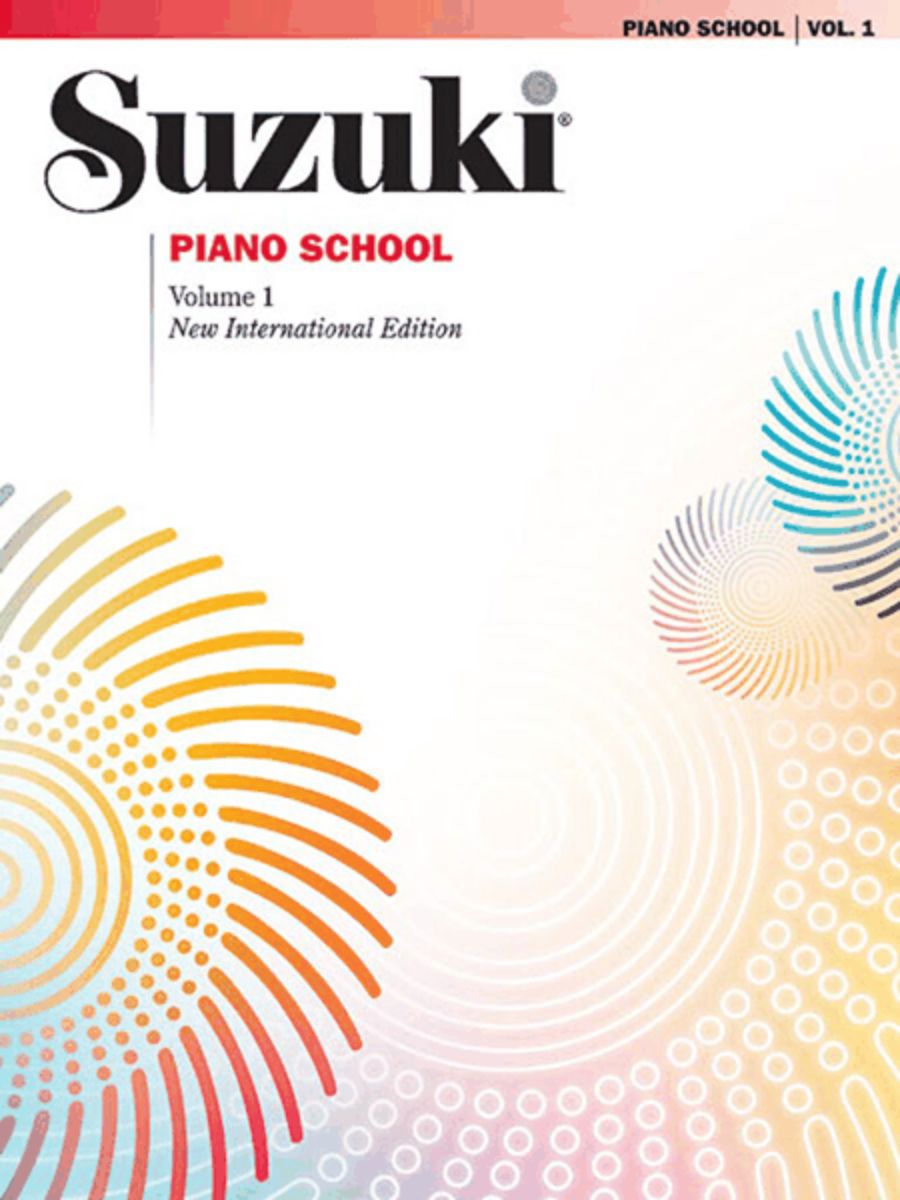


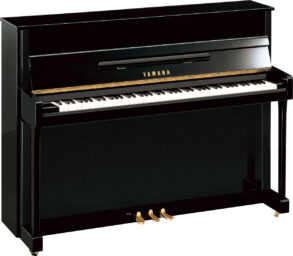


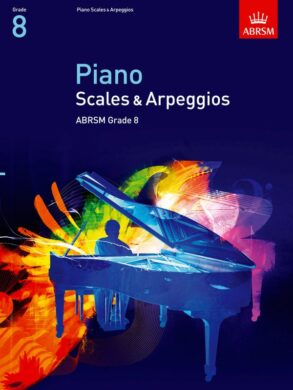
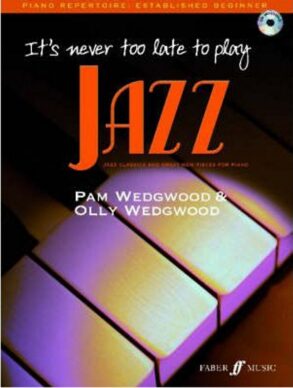

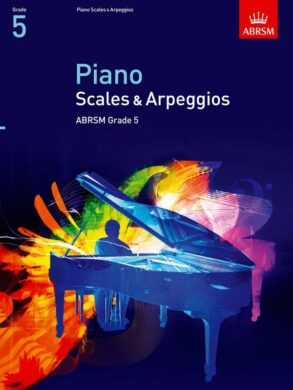
You must be logged in to post a review.